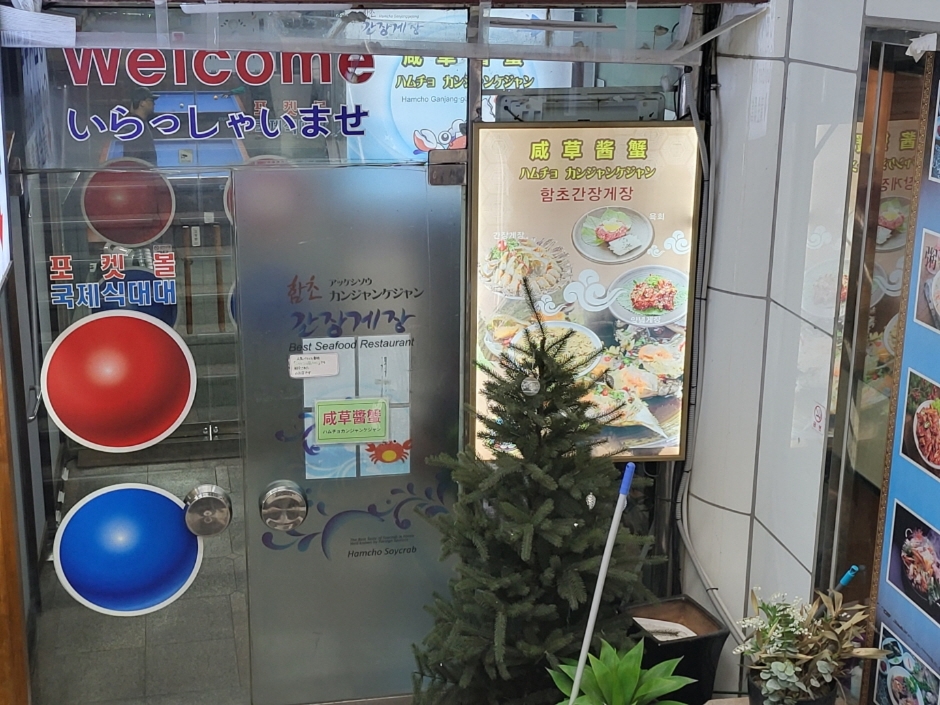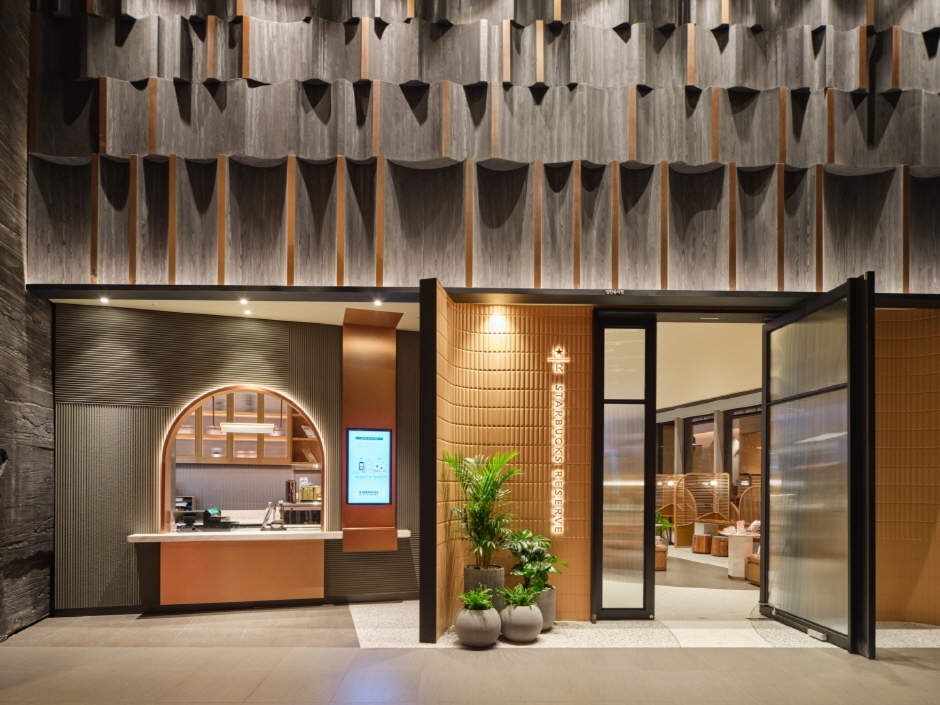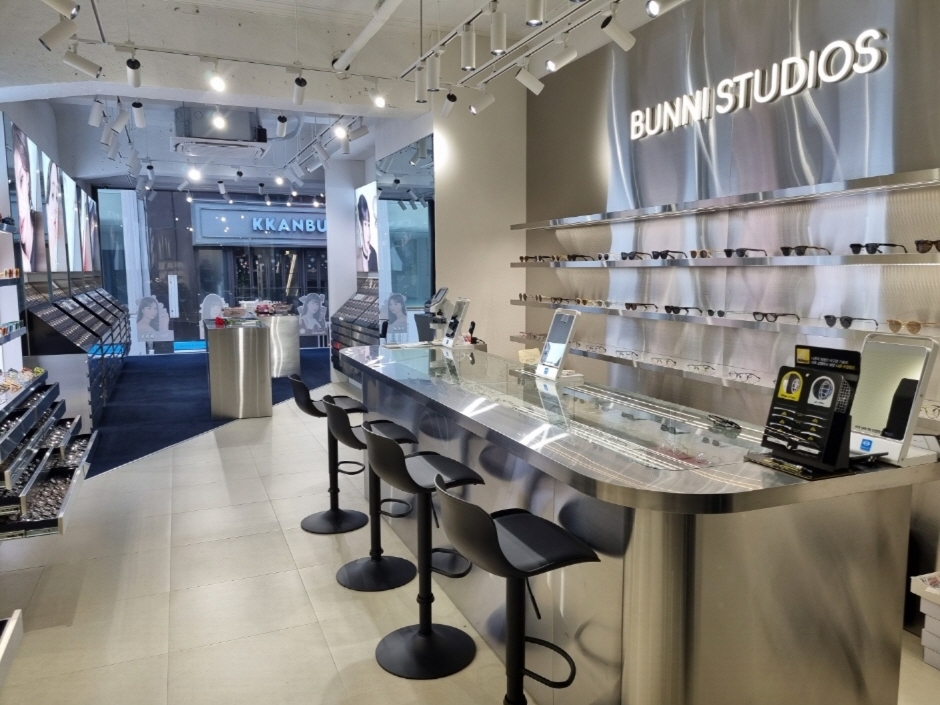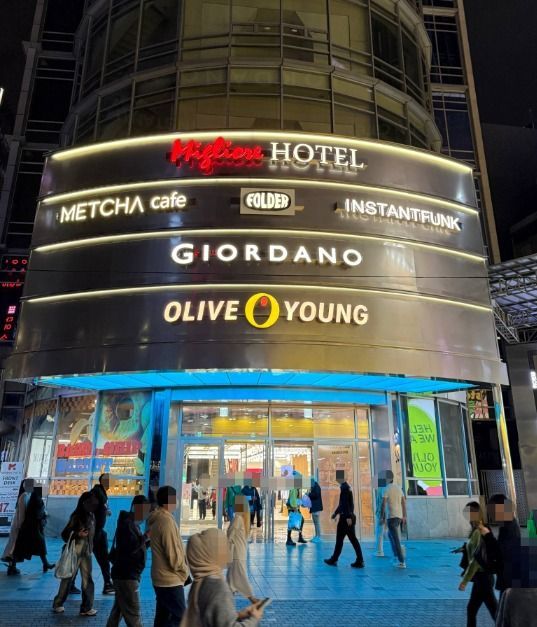Myungbo Art Hall (명보아트홀)
10.1Km 2025-04-15
47 Mareunnae-ro, Jung-gu, Seoul
Located in Euljiro 3(sam)-ga, the heart of Seoul, Myungbo Art Hall is a cultural complex that consists of a professional theatre hall. Renovated from Myungbo Theater in 2009, Myungbo Art Hall is equipped with state-of-the-arts lighting and sound equipment that guarantees high-quality theatre experience for the audience. In addition, the hall also has comfortable seats along with other amenities for the audience's convenience. Myungbo Art Hall aims to globalize Korean performance culture by creating a variety of content that incorporate Korean theatre with tourism. This area is also where the house of Admiral Yi Sun-sin was located, which is honored with a memorial plaque listing his accomplishments.
Wellness Pharmacy [Tax Refund Shop] (웰리스약국)
10.1Km 2024-04-19
51, Myeongdong 10-gil, Jung-gu, Seoul
-
Wellness Pharmacy [Tax Refund Shop] (웰니스약국)
10.1Km 2024-06-27
51, Myeongdong 10-gil, Jung-gu, Seoul
-
Hamcho Ganjanggejang (함초간장게장)
10.1Km 2024-03-11
27, Myeongdong 8ga-gil, Jung-gu, Seoul
+82-2-318-1624
Situated in Myeongdong Street, Hamcho Ganjanggejang specializes in ganjang gejang (soy sauce marinated crab). Their signature dish, ganjang gejang, is made by marinating blue crab in soy sauce and is a favorite among Koreans. Saeu jang (soy sauce marinated shrimp) and other seafood dishes (abalone, octopus, etc.) are also a must-try. In addition, the traditional Korean side dishes are so tasty that the restaurant never runs out of customers.
Starbucks Byuldabang (스타벅스 별다방)
10.1Km 2024-12-27
100 Toegye-ro, Jung-gu, Seoul
Byuldabang is a cozy space in the city, where the present and future of Starbucks coexist
Byuldabang is a special name. It combines the Korean words byul, which means stars, and dabang, which means a traditional space where people gather and talk over tea or drink. Byuldabang is the nickname Koreans generally use for Starbucks. Starbucks Byuldabang store opened in appreciation of customers of Starbucks Korea, celebrating its 22nd anniversary. This particular store is a Starbucks Reserve store with new concept food items, and is the first among Starbucks stores worldwide to have digital art wall decorations. The images projected to the art wall are “The Journey of Siren.” It is a surreal journey of Siren, who delivers coffee messages around the ocean, day and night. Customers love the story.
Bunni Studios Optical - Myeongdong Branch (바니스튜디오 안경(명동역점))
10.1Km 2024-04-02
21 Myeongdong 8ga-gil, Jung-gu, Seoul
Bunni Studios is an optical store geared toward the younger generation, offering quality glasses and color contact lenses. The staff are able to provide service in a range of foreign languages, including English, Japanese, and Chinese. Bunni Studios collaborates with popular lens producers, and offers over 500 types of lenses. Shoppers can also have products delivered to their hotel within Seoul if they shop does not have the item in stock. International tourists can make tax-free purchases.
Migliore - Myeongdong Branch (밀리오레 (명동점))
10.2Km 2025-02-06
115 Toegye-ro, Jung-gu, Seoul
Migliore Shopping Mall, located in Myeong-dong, reopened in August 2024 after undergoing remodeling. It provides customers with easy access to its stores, as it is directly connected to the Myeongdong Subway Station (Seoul Subway Line 4). Myeong-dong is regarded as the shopping district for youth in their 20s. Throughout the area, signs are written in English, Chinese, and Japanese for foreign visitors. The first and the second floors function as a shopping mall, and from the 3rd to the 17th floor as a hotel, providing visitors with an opportunity to shop and stay under the same roof. The first floor of the mall features beauty and lifestyle stores and the second floor has clothing stores. This is a one-stop shopping destination for fashion items that will dress you from head to toe. Additionally, visitors can also shop for albums, magazines, and other goods featuring their favorite idols.
Boylondon - Hoehyeon Branch [Tax Refund Shop] (보이런던 회현)
10.2Km 2024-04-16
2F, 72, Toegye-ro, Jung-gu, Seoul
-

![Ai Pharmacy [Tax Refund Shop] (아이약국)](http://tong.visitkorea.or.kr/cms/resource/98/3313898_image2_1.jpg)
![Wellness Pharmacy [Tax Refund Shop] (웰니스약국)](http://tong.visitkorea.or.kr/cms/resource/54/2878654_image2_1.jpg)




![Boylondon - Hoehyeon Branch [Tax Refund Shop] (보이런던 회현)](http://tong.visitkorea.or.kr/cms/resource/03/2888003_image2_1.jpg)
 English
English
 한국어
한국어 日本語
日本語 中文(简体)
中文(简体) Deutsch
Deutsch Français
Français Español
Español Русский
Русский